How to clean the soles from carbon deposits?
Most often, problems arise with the so-called sole: usually, fumes develop over time on older models, but new devices with a special coating sometimes suffer from melted and adhered synthetics.
Salt
The easiest way to clean is by grinding with abrasive substances. Only suitable for uncoated models.
- Take a board, parchment, and fine salt.
- Place the baking paper on the board, sprinkle a thin layer of salt, heat the iron, and iron until the black comes off.
H2O2 + hydrogen peroxide
To work, the temperature of the soleplate of the iron should be minimal - no need to heat. Prepare 3% peroxide and a cotton ball: moisten the swab liberally, rub the sole with force.
It helps wipe away most of the stains, or at least soften them.
Vinegar
Remove dirt can be done in two ways: first one to one as with hydrogen peroxide - simply rub the cold surface with a sponge or cotton swab.
The second method is more "lazy"... The fabric is soaked in a 6-9% solution, placed on the cold soleplate of the iron, and left for 30-60 minutes. Then the softened plaque can be removed with a regular sponge.
Baking soda
Another abrasive method:
- make gruel in a glass or any cup of soda and water;
- the resulting mixture is collected on a rag, rubbed into the sole of the iron. You need to rub quickly, with pressure.
If you need to remove old, heavy dirt can be left to act for 15-20 minutes.
Toothpaste
Cleaning the iron cannot be done without household chemicals. The main requirement to clean the iron with toothpaste is the simplest white paste.
- Take an unnecessary medium-bristled brush, heat the technique to the minimum temperature (the coating should just be warm, not hot!).
- Squeeze out some paste, dampen the brush with water and get to work.
- After the bottom shines, be sure to remove the remnants of the product with a damp cloth.
Laundry soap
Due to the not too pleasant smell, this brown soap can no longer be found in every home. However, no alternative to this incredibly useful block has yet been found.
- To clean the iron from carbon deposits, the first step is to heat it to medium temperature.
- Now take a bar of soap and rub it on the sole in the right places. The soap will melt and harden with a hard crust.
- Leave to cool completely, then rinse off the crust with a damp cloth or gauze - most of the problem will be removed with the crust.
- To remove residues, preheat the iron to maximum and iron any rough fabric with firm pressure with it.
The method is suitable for all contaminated devices, including Teflon and ceramic.
Ammonia
Ammonia is an irreplaceable thing in the household. With its help, you can get rid of pests, wash mirrors or windows, bleach linen. And, of course, clean the burnt iron! The product is strong, therefore recommended for serious stains.
- Dilute ammonia with vinegar in a 1: 1 ratio, apply to the most difficult places.
- Use a waffle towel or other fluted cloth to help you remove carbon deposits.
Nail polish remover
It is advisable to clean the sole of the iron with acetone if synthetics have adhered to it. For removal, special tools are not useful, it is enough to gently rub the place with a soft damp cloth and the problem will go away.
Pencil
No matter how effective peroxide or soda is, the most reliable way to clean the iron - buy a special pencil. The operation process is described in detail on the packaging, but the principle is roughly similar to that with laundry soap:
- heat the sole,
- rub with a pencil
- remove the agent together with dirt with a clean cloth.
How do I clean the steam holes?
There are two ways to clean the tubules: mechanical, chemical. In the first clogged holes are cleaned with a cotton swab, hard brush, toothpick. In the second scale is removed from them with solvents: mainly acid. The process takes place simultaneously with the removal of scale from the tank itself.
How to descale?
Self-cleaning
Modern models boast the self clean function - to start it, just click the button of the same name on the case. For how to self-clean, see the instruction manual for your model or use the standard way:
- fill the tank with water up to the MAX level;
- set the maximum temperature and steam supply, preheat the iron, turn it off;
- wait until it cools completely, reheat;
- unplug from the outlet, tilt parallel to the floor over a basin or sink, press the steam button until all the water with scale comes out.
Lemon acid
C6H8O7 will help not only descale the inside, but also thoroughly clean the channels and the steam holes themselves.
- Dissolve 25 g of citric acid in 200 ml of water, pour into the iron.
- Turn on full heat, place an unwanted cloth on the board and press the steam button until the water is completely removed.
After the end of the procedure, pour in clean water and repeat the process to remove the acid residues.
Vinegar
Works the same way as citric acid. 50 ml of 9% vinegar is mixed with 100 ml of hot water, poured inside, heated to a maximum. Then press the steam blow until the end of the water in the tank.
Remember to remove any vinegar residue with plain water.
Descaler
On sale you can find a large number of special tools for irons: they differ in manufacturer, composition, price. But the process of use is almost the same for everyone: pour, heat, wait, pour or evaporate.
Prevention recommendations
Keeping your iron clean is easier than cleaning it at home. To avoid the appearance of scale and carbon deposits, use the following tips:
- Use only soft filtered, bottled or distilled water inside.
- Iron without fail in compliance with temperature conditions. If you still burn your clothes and the flap remains on the hot sole, immediately attach it to a cold cotton napkin - thanks to the change from hot to cold, it will be easier to clean the sole of the iron in the future.
- Always drain off residual water after finishing work.
- Wipe down the cooled soleplate after each ironing with a soft sponge dipped in soapy water.
Take care of your household appliances and they will answer you with a long service life.

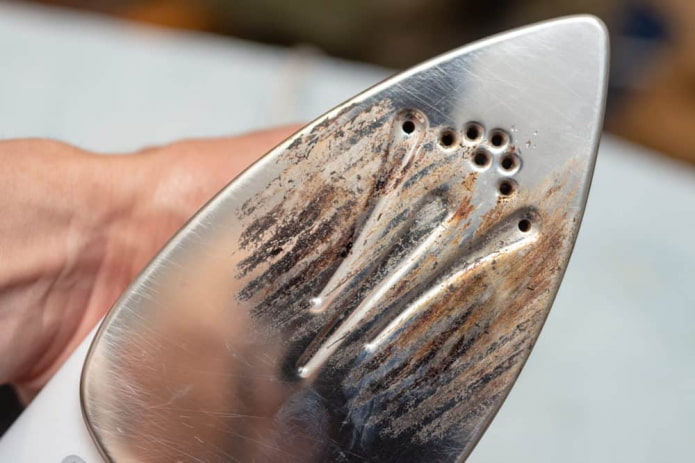
 10 practical tips for arranging a small kitchen in the country
10 practical tips for arranging a small kitchen in the country
 12 simple ideas for a small garden that will make it visually spacious
12 simple ideas for a small garden that will make it visually spacious
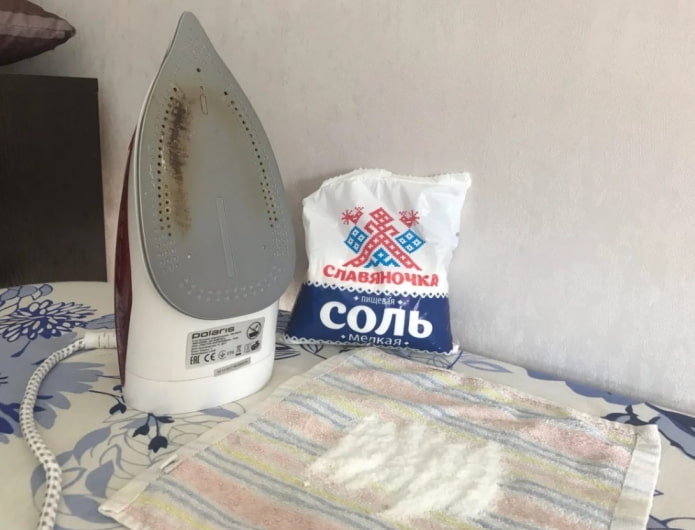
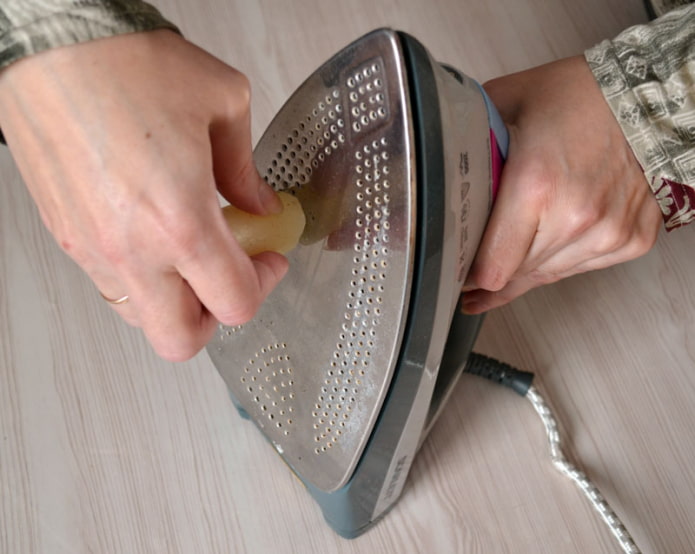

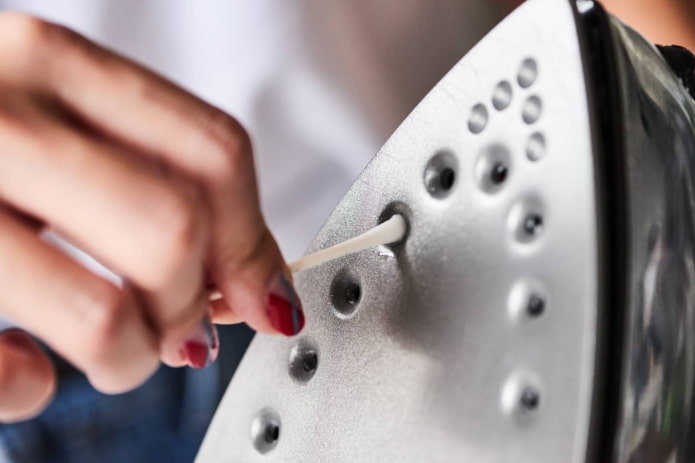
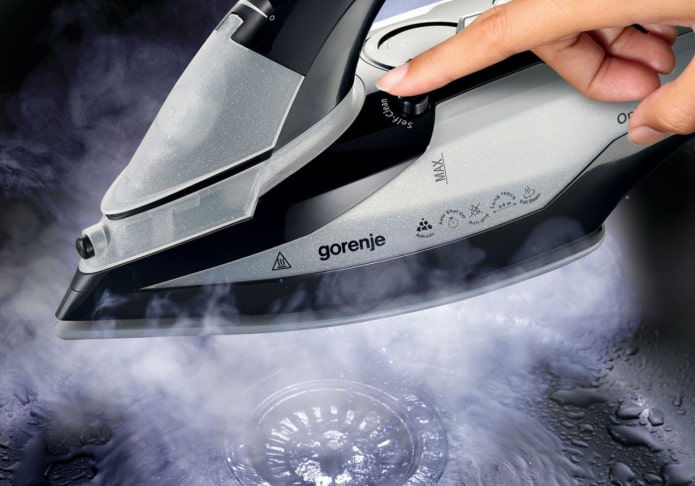
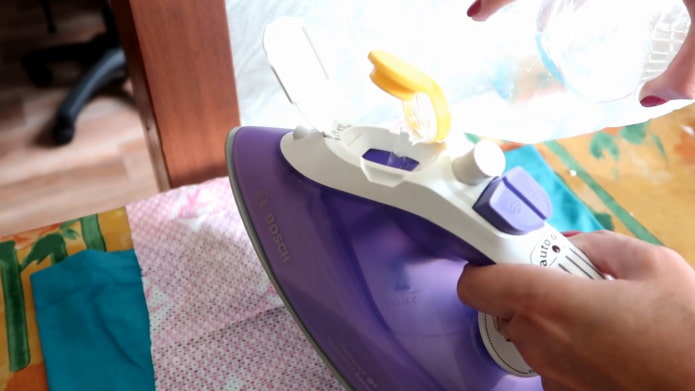
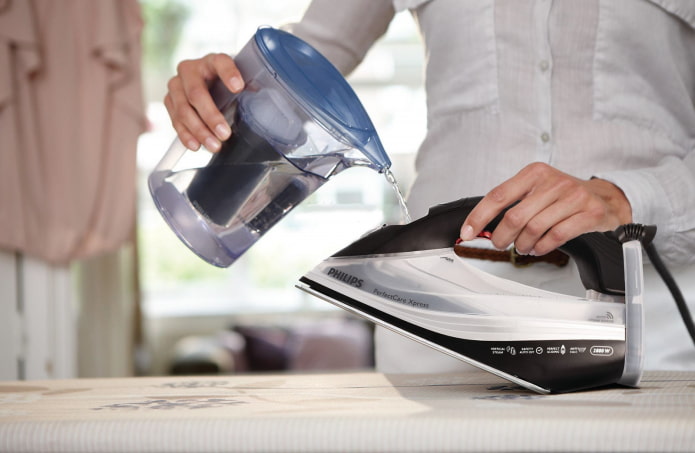
 13 bad habits a good housewife shouldn't have
13 bad habits a good housewife shouldn't have 24/7 home cleanliness - 4 secrets for the perfect housewife
24/7 home cleanliness - 4 secrets for the perfect housewife 6 hotels in Sochi that will give odds to the promoted foreign hotels
6 hotels in Sochi that will give odds to the promoted foreign hotels Top 10 interior design trends 2020
Top 10 interior design trends 2020 Rating of cheap TVs with Smart-TV
Rating of cheap TVs with Smart-TV New Year's LED garlands on AliExpress - we disassemble while it's hot, so that it's bright at home
New Year's LED garlands on AliExpress - we disassemble while it's hot, so that it's bright at home